Home>Garden Essentials>Garden Storage>How To Change My Wardrobe


Garden Storage
How To Change My Wardrobe
Modified: September 2, 2024
Learn how to transform your wardrobe with efficient storage solutions. Discover practical tips and ideas to make the most of your space and simplify your daily routine.
(Many of the links in this article redirect to a specific reviewed product. Your purchase of these products through affiliate links helps to generate commission for Storables.com, at no extra cost. Learn more)
Introduction
Changing your wardrobe is an exciting endeavor that allows you to reinvent your personal style and express yourself through fashion. Whether you’re looking to update your look, transition to a new season, or simply organize your clothes, this article will guide you through the process step by step.
Assessing your current wardrobe, identifying your style preferences, and decluttering and organizing your clothes are essential first steps in a wardrobe transformation. From there, you can create a versatile capsule wardrobe, mix and match outfits, incorporate new trends, and accessorize to complete your looks.
This article will also provide guidance on shopping for essential pieces that enhance your wardrobe, as well as tips on maintaining and updating your collection over time. By the end of this article, you’ll have all the tools you need to confidently change your wardrobe and create a style that truly reflects your personality.
So, roll up your sleeves, grab a cup of coffee, and let’s get started on this fashion adventure!
Key Takeaways:
- Transforming your wardrobe involves assessing your current collection, identifying your style preferences, and creating a versatile capsule wardrobe. Embrace the process, have fun, and enjoy expressing your personal style through your wardrobe.
- Incorporating new trends, mixing and matching outfits, and accessorizing can elevate your looks. Shopping for essential pieces and maintaining your wardrobe over time ensures a curated collection that reflects your unique personality.
Read more: How To Simplify My Wardrobe
Assessing Your Current Wardrobe
Before embarking on a wardrobe overhaul, it’s important to assess your current collection of clothes. This step will help you understand what you already have, what you love, what you don’t wear anymore, and what gaps exist in your wardrobe.
Start by emptying your entire wardrobe onto your bed or a clean, open space. Take a moment to appreciate the wide array of clothing you’ve accumulated over the years. Now, let’s dive into the evaluation process.
First, separate your clothes into different categories such as tops, bottoms, dresses, outerwear, and accessories. This will give you a visual representation of your wardrobe’s composition. It’s also helpful to sort your clothes by season, as this will make it easier to locate specific items when the time comes.
Next, examine each item of clothing individually. Ask yourself whether it still fits well, if it’s in good condition, and if you feel confident and comfortable in it. If any piece doesn’t meet these criteria, consider setting it aside in a separate pile for donation or sale.
As you assess your clothes, pay attention to your personal style preferences. Take note of the colors, patterns, and cuts that you gravitate towards. This will be useful when redefining your style later on.
Another important aspect of evaluating your wardrobe is identifying the items you rarely or never wear. These clothes might be outdated, ill-fitting, or no longer align with your style. Be ruthless and consider letting go of anything that no longer brings you joy or serves a purpose.
Once you’ve completed this assessment, take a step back and observe your findings. Are there any noticeable gaps in your wardrobe? Do you have enough basics like t-shirts, jeans, and versatile layering pieces? Are there any particular styles or colors you’d like to incorporate more of?
By assessing your current wardrobe, you’ll have a clear understanding of what you already own, what needs to be upgraded or replaced, and what is missing from your collection. Armed with this knowledge, you can proceed to the next steps of changing your wardrobe, defining your style, and curating a collection of clothes that truly represent you.
Identifying Your Style Preferences
When it comes to changing your wardrobe, it’s crucial to have a clear understanding of your personal style preferences. This will help you curate a collection of clothes that aligns with your unique taste and makes you feel confident and authentic.
Start by reflecting on the clothes you feel most comfortable and confident in. Think about the outfits that make you excited to get dressed in the morning. Consider the colors, patterns, and silhouettes that you find most appealing.
Another helpful exercise is creating a style mood board. Collect images from magazines, fashion websites, or social media platforms that inspire you and reflect the aesthetic you desire. Pin them onto a physical board or create a digital collage to visualize your style preferences.
Take note of common themes and elements that appear in your chosen images. Do you lean towards a classic, timeless style or a more bohemian and free-spirited vibe? Are you drawn to bold, vibrant colors or prefer a more muted palette? Pay attention to details like accessories, footwear, and hairstyles, as they can provide further insight into your style preferences.
It’s also helpful to consider your lifestyle and the occasions you typically dress for. Are you a working professional who needs a business casual wardrobe? Do you enjoy attending social events that require more formal attire? Understanding the context in which you’ll be wearing your clothes can guide your style choices and ensure practicality.
Remember, personal style evolves over time, so don’t be afraid to experiment and try new things. Incorporate elements from different styles that resonate with you and make them your own. Fashion is a form of self-expression, so embrace the opportunity to showcase your unique personality through your clothing choices.
Once you’ve identified your style preferences, it becomes easier to make informed decisions when shopping for new clothes or updating your existing wardrobe. It eliminates the guesswork and ensures that every piece you add to your collection reflects your personal style and contributes to a cohesive and versatile wardrobe.
Now that you have a clear vision of your style preferences, it’s time to declutter and organize your clothes to make room for the new and improved version of your wardrobe.
Decluttering and Organizing Your Clothes
Decluttering and organizing your clothes is a crucial step in changing your wardrobe. By getting rid of items you no longer wear or love, you’ll create space for new pieces that align with your style preferences. Additionally, organizing your clothes helps you easily find and create outfits, saving you time and reducing decision fatigue.
Start by emptying your wardrobe and sorting your clothes into categories. Create separate piles for tops, bottoms, dresses, outerwear, and accessories. This will make it easier to assess the quantity and condition of each category.
Now comes the challenging part – deciding what to keep, what to donate or sell, and what needs repair. Try on each item and be honest with yourself. Does it still fit well? Do you absolutely love it? If the answer is no, consider letting it go. Keep in mind that holding onto clothes that no longer serve you only clutters your space and makes it harder to find outfits you truly enjoy wearing.
Consider the KonMari method popularized by Marie Kondo. Hold each item and ask yourself, “Does this spark joy?” If it doesn’t, it might be time to say goodbye. Don’t forget to thank the garment for the joy it brought you in the past before letting it go.
Once you’ve decided what to keep, it’s time to organize your clothes. Use a system that works best for you, whether it’s hanging garments by type or color, folding them neatly in drawers, or a combination of both. Invest in hangers, drawer dividers, and storage containers to maximize space and keep your clothes in excellent condition.
Consider rotating your clothes seasonally. Store out-of-season items in a separate area to make room for the clothes you’ll be wearing during the current season. This not only saves space but also allows you to see and access your clothes better.
Labeling your storage bins or drawers can also be helpful, especially if you have a diverse range of accessories or special occasions garments. It eliminates the need to rummage through piles, saving you time and frustration.
Remember, decluttering and organizing your clothes is an ongoing process. Regularly revisit your wardrobe to reevaluate your style preferences and make room for new additions. This ensures that your wardrobe remains curated, clutter-free, and truly reflective of your personal style.
With your clothes now decluttered and organized, you’re ready to move on to the next steps – creating a capsule wardrobe and mixing and matching outfits that make you look and feel fabulous!
Creating a Capsule Wardrobe
A capsule wardrobe is a curated collection of essential clothing items that can be mixed and matched to create a variety of outfits. It typically consists of versatile, timeless pieces that reflect your personal style and can be worn in different seasons and for various occasions.
To create a capsule wardrobe, start by evaluating your lifestyle and the activities you engage in regularly. Consider your work or school dress code, weekend activities, and any special events you may attend. This will help you determine the types of clothing items you need to include in your capsule.
Next, select a color palette that complements your style preferences and allows for easy coordination between pieces. Opt for neutral tones such as black, white, gray, and beige, which serve as a solid foundation. Add in a few statement colors or patterns to inject personality into your wardrobe.
When choosing the actual garments for your capsule wardrobe, focus on quality over quantity. Invest in well-made pieces that will withstand the test of time and frequent wear. Aim for a mix of basics like t-shirts, jeans, and blouses, as well as versatile layering pieces such as cardigans and blazers.
Consider the different components of your wardrobe, including tops, bottoms, dresses, outerwear, and accessories. Aim for a balanced representation in each category, based on your lifestyle and personal style.
Remember, versatility is key when creating a capsule wardrobe. Choose pieces that can be dressed up or down and easily mixed and matched with other items. This allows you to create a multitude of outfits while keeping the number of actual garments in your wardrobe to a minimum.
Once you have gathered your capsule wardrobe essentials, take a moment to admire how cohesive and versatile your collection is. Experiment with different outfit combinations and take note of the endless possibilities that can be created with just a few well-chosen pieces.
As seasons change, you may need to adjust your capsule wardrobe to accommodate different weather conditions. Swap out lightweight summer items for warmer layers in the winter, and vice versa. Continuously assess your capsule wardrobe to ensure it remains functional and reflects your evolving style.
Creating a capsule wardrobe eliminates decision fatigue and makes getting dressed in the morning a breeze. It allows you to focus on quality over quantity, reducing unnecessary clutter and maximizing the use of each garment. Plus, it promotes sustainability by discouraging excessive consumption and reducing fashion waste.
Incorporate a capsule wardrobe into your lifestyle and experience the freedom and convenience it brings. Now, let’s move on to the next step – mixing and matching outfits to create your signature style!
Read more: How To Redo My Wardrobe
Mixing and Matching Outfits
One of the key benefits of a well-curated wardrobe is the ability to mix and match outfits effortlessly. By having versatile pieces that complement each other, you can create different looks without the need for a substantial amount of clothing.
Start by familiarizing yourself with the garments in your wardrobe. Lay them out and experiment with different combinations, paying attention to how each piece pairs with others. Mix colors, patterns, and textures to bring variety to your outfits.
A basic rule of thumb is to create outfits that have a balance of colors and proportions. Pair a bold top with neutral bottoms or vice versa. For example, pair a solid black blouse with a patterned skirt or wear a vibrant pair of pants with a white shirt.
Layering is another effective technique for mixing and matching outfits. Experiment with different combinations of shirts, sweaters, cardigans, or jackets to add depth and visual interest to your look. An oversized sweater can be worn alone or layered over a dress or a button-up shirt.
Don’t forget about accessories when mixing and matching. They can completely transform an outfit. Experiment with belts, scarves, hats, and jewelry to add flair and personality to your looks. A statement necklace can instantly elevate a basic outfit, and a colorful scarf can add a pop of color to a neutral ensemble.
As you mix and match outfits, take photos or make notes of the combinations that you love. This way, when you’re short on time or feeling uninspired, you can refer back to your documented outfits for quick and stylish choices.
Remember, mixing and matching outfits is all about being creative and expressing your personal style. Don’t be afraid to step out of your comfort zone and try new combinations. Fashion is meant to be fun and a reflection of your personality, so embrace the process and enjoy experimenting with different looks.
By mastering the art of mixing and matching, you’ll be able to create countless outfits from a limited number of pieces. This not only saves you time and money but also allows you to showcase your style and creativity.
Now that you’re a pro at mixing and matching, let’s explore how to incorporate new trends into your wardrobe without losing your personal style.
When changing your wardrobe, start by decluttering and getting rid of items you no longer wear or need. Then, assess your personal style and invest in versatile, timeless pieces that can be mixed and matched.
Incorporating New Trends
While it’s important to maintain your personal style, incorporating new trends into your wardrobe can add a fresh and modern touch to your looks. It allows you to stay current and experiment with evolving fashion trends without sacrificing your individuality.
Start by staying up to date with the latest fashion trends through fashion magazines, websites, social media platforms, and fashion influencers. Take note of the trends that catch your eye and resonate with your personal style.
When incorporating new trends, it’s essential to choose items that can easily blend with your existing wardrobe. Opt for trend pieces that can be paired with your staple basics or more timeless pieces to create a balanced and curated ensemble.
Consider starting small. Begin by incorporating accessories in trendy patterns or colors. A patterned scarf, statement earrings, or a trendy handbag can effortlessly update an outfit without overpowering your personal style.
If you’re ready to embrace a bolder trend, choose one or two key pieces that make a statement. This could be a printed blouse, flared pants, or a trendy jacket. Pairing these items with more classic pieces allows the trend to be the focal point of your outfit while still maintaining a cohesive and sophisticated look.
Another way to incorporate trends is by experimenting with different silhouettes or cuts. For example, if wide-leg pants are a popular trend, try styling them with a fitted blouse or a tucked-in t-shirt to balance the proportions. This allows you to embrace the trend without compromising your personal style preferences.
Remember, trends come and go, so it’s important to choose wisely. Focus on trends that resonate with you and enhance your personal style rather than blindly following every passing fad. Selecting trends that align with your taste ensures that they seamlessly fit into your wardrobe for years to come.
Lastly, don’t be afraid to put your own spin on the trends. Adapt them to your personal style and preferences. Consider mixing different trends together or combining them with your signature pieces to create a unique and distinctive look.
Incorporating new trends into your wardrobe allows you to stay fashionable and relevant while staying true to your personal style. By carefully selecting trends that align with your taste and mixing them with your existing wardrobe, you’ll confidently showcase your fashion-forward style.
Now that you’re updated on the latest trends, let’s move on to the next step – accessorizing and completing your looks to add that extra touch of style.
Accessorizing and Completing Your Looks
Accessorizing is the final touch that can elevate your outfits from ordinary to extraordinary. Accessories have the power to add personality, style, and a finishing touch to any look. Whether it’s a statement necklace, a sleek belt, or a fashionable scarf, the right accessories can make a world of difference.
When accessorizing, it’s important to consider the overall aesthetic you’re trying to achieve. Are you going for an edgy look, a boho vibe, or a polished and sophisticated style? Choose accessories that complement your outfit and enhance the desired aesthetic.
A statement necklace can instantly transform a plain blouse into a stylish and eye-catching ensemble. Opt for necklaces with unique designs, bold colors, or interesting textures. Pair them with a simple neckline to allow the necklace to take center stage.
Belts are not only functional but also stylish accessories. They can define your waistline and add structure to flowing dresses or oversized tops. Experiment with different belt styles, such as thin, wide, or embellished, and find the one that flatters your figure and completes your look.
An easy and versatile accessory is a scarf. Incorporate scarves by tying them around your neck, wearing them as a headband or wrapping them around your handbag. They add a pop of color, pattern, and texture to any outfit.
Don’t forget about the power of earrings. They can frame your face and make a subtle or bold statement, depending on your preference. Choose earrings that complement the shape of your face and coordinate with your outfit. From delicate studs to statement hoops, there’s an earring style for every occasion.
Handbags are essential accessories that both serve a practical purpose and add style to your outfit. Choose a bag that suits your lifestyle and complements the occasion. Consider the size, shape, and color of the bag to ensure it complements your overall look.
Other accessories to consider include hats, sunglasses, and watches. These items not only protect you from the sun or help you keep track of time, but they also contribute to your overall style and add a touch of sophistication or playfulness.
Remember, the key to accessorizing is to strike a balance. Avoid overwhelming your outfit with too many accessories. Choose a few key pieces that enhance your look without overpowering it. Less can often be more when it comes to accessorizing.
Accessorizing plays an important role in completing your looks and adding that extra touch of style. By carefully selecting and incorporating accessories that complement your outfit and personal style, you’ll create a well-curated and polished ensemble.
Now that you’ve mastered the art of accessorizing, let’s move on to the next step – shopping for essential pieces to enhance your wardrobe!
Shopping for Essential Pieces
Shopping for essential pieces is an exciting part of changing your wardrobe. It allows you to fill in any gaps and invest in items that will enhance your collection and elevate your style. Here are some key points to consider when shopping for essentials:
Identify Your Wardrobe Needs: Take a moment to evaluate your current wardrobe and identify any gaps or items that need to be replaced. Consider the everyday staples you reach for the most, as well as pieces that can transition easily between different occasions and seasons.
Quality Over Quantity: When shopping for essentials, prioritize quality over quantity. Invest in well-made pieces that will stand the test of time and frequent wear. Look for garments made from durable fabrics and with attention to detail in their construction.
Fit and Comfort: Ensure that the clothes you buy fit you well and are comfortable to wear. Pay attention to the way they drape on your body, the feel of the fabric, and any potential areas of discomfort. Clothes that fit well and make you feel confident will be the pieces you reach for time and time again.
Versatility: Choose versatile pieces that can be easily mixed and matched with other items in your wardrobe. Opt for classic silhouettes and neutral colors that can complement a range of styles and be dressed up or down for different occasions. Versatile pieces give you more styling options and ensure that each garment gets maximum use.
Consider Your Lifestyle: Take into account your daily activities, work requirements, and social engagements when shopping for essentials. Your wardrobe should cater to your lifestyle and fulfill your specific needs. Consider factors such as dress codes, climate, and activities you engage in regularly.
Budget: Set a budget for shopping and stick to it. It’s important to find a balance between investing in high-quality essentials and managing your financial resources. Look for sales, discounts, and second-hand options that can help you stay within your budget while still acquiring quality pieces.
Try Before You Buy: Whenever possible, try clothes on before making a purchase. This allows you to assess the fit, comfort, and overall look of the garment on your body. If online shopping, be sure to check the size guide and read customer reviews to get a better idea of the fit.
Shop with Intention: Have a clear plan and intention when shopping for essentials. Make a list of the specific items you need to avoid impulse purchases. This helps you stay focused and prevents cluttering your wardrobe with items you don’t truly need or love.
Keep an Open Mind: While it’s essential to have a plan, be open to exploring new styles and trends. Use shopping as an opportunity to experiment and step out of your comfort zone. You might discover new styles that you love and enhance your personal style in unexpected ways.
Shopping for essential pieces is an opportunity to enhance and refine your wardrobe. By considering your wardrobe needs, prioritizing quality and fit, and shopping with intention, you’ll build a collection of essential pieces that will form the foundation of your stylish and versatile wardrobe.
Now that you know how to shop for essentials, let’s move on to the final step – maintaining and updating your wardrobe over time.
Read more: How To Revamp My Wardrobe
Maintaining and Updating Your Wardrobe
Maintaining and updating your wardrobe is an essential part of keeping your style fresh and ensuring that your clothes stay in good condition. Here are some tips to help you maintain and update your wardrobe:
Regularly Assess Your Wardrobe: Set aside time on a regular basis to go through your clothes and reassess what you have. This allows you to identify items that no longer fit, are worn out, or no longer align with your style. Consider donating or selling these items to make room for new additions to your wardrobe.
Keep Your Clothes Organized: Maintaining an organized wardrobe makes it easier to find and put together outfits. Keep your clothes neatly folded or hung, and use dividers or storage containers to separate different categories. Regularly reorganize your wardrobe to ensure everything is easily accessible.
Repair and Alter when Needed: Extend the lifespan of your clothes by repairing or altering them when necessary. Buttons, zippers, and hems can often be easily fixed by a tailor or through simple DIY techniques. Maintaining your clothes in good condition saves you money and reduces waste.
Stay Up-to-Date with Style: Keep an eye on fashion trends and new styles to help you stay current and fresh. Incorporate trendier pieces into your wardrobe to update your looks without having to overhaul your entire collection. Be selective with trends and choose those that align with your personal style.
Revisit and Reinvent Your Outfits: Regularly revisit your wardrobe and experiment with different combinations to create new outfits. Mixing and matching pieces in unexpected ways can breathe new life into your clothing collection. Don’t be afraid to think outside the box and pair items that you may not have considered before.
Invest in Quality Basics: Basics are the foundation of any wardrobe and provide versatility and longevity. Invest in high-quality essentials like well-fitting jeans, comfortable t-shirts, and classic blazers. These timeless pieces can be styled in various ways and serve as the base for both casual and more formal outfits.
Shop Mindfully: When updating your wardrobe, shop with intention. Consider whether new items will enhance and complement your existing wardrobe. Focus on quality over quantity and choose pieces that fit your personal style and lifestyle. Avoid impulse purchases and opt for items that you truly love and will get a lot of wear from.
Rotate Seasonal Clothing: To make the most of your wardrobe space, rotate your clothes based on the season. Store out-of-season items in a separate area to reduce clutter and help you see and access the clothes you’ll be wearing more frequently. This also allows you to reassess items as the seasons change.
Donate or Sell Unwanted Items: When it’s time to part ways with clothes you no longer wear, consider donating them to charity or selling them to others who may find joy in them. This helps reduce waste and gives your clothes a new lease on life.
By consistently maintaining and updating your wardrobe, you’ll ensure that you have a collection of clothes that reflects your personal style, fits well, and makes you feel confident. These practices also contribute to sustainability by reducing waste and promoting responsible consumption.
Now that you’re armed with the knowledge to maintain and update your wardrobe, you can confidently continue to evolve and refine your personal style journey!
Discover and embrace your style while keeping up with trends and maintaining a curated wardrobe. Changing your wardrobe gives you the opportunity to express your creativity, experiment with new looks, and showcase your unique personality through fashion. So, have fun, be adventurous, and enjoy the journey of transforming your wardrobe!
Conclusion
Changing your wardrobe is a journey that allows you to express yourself, showcase your personal style, and feel confident in your appearance. By following the steps outlined in this article, you can transform your wardrobe into a collection of clothes that truly reflects who you are.
Assessing your current wardrobe and identifying your style preferences are crucial starting points. Decluttering and organizing your clothes help create a clean canvas to work with. Creating a capsule wardrobe enables you to build a versatile collection of essential pieces that can be mixed and matched to create countless outfits.
Incorporating new trends and accessorizing add flair and contemporary touches to your looks. Shopping for essential pieces ensures that you have the foundation to support your style goals. Regularly maintaining and updating your wardrobe allows you to stay current and adapt to your evolving tastes and lifestyle.
Remember, fashion is about self-expression and experimentation. Don’t be afraid to step outside of your comfort zone, try new trends, and mix different styles. Your wardrobe is a reflection of your unique personality and should make you feel excited and empowered.
As you embark on the journey of changing your wardrobe, keep in mind that it’s a process that can take time. Explore and discover what resonates with you, and embrace the joy of curating a collection of clothes that you love and feel confident in.
So, embrace the process, have fun, and enjoy expressing your personal style through your wardrobe. Let your fashion choices be a reflection of who you are and a way to celebrate your individuality.
Here’s to a stylish and fulfilling wardrobe transformation! Cheers!
Frequently Asked Questions about How To Change My Wardrobe
Was this page helpful?
At Storables.com, we guarantee accurate and reliable information. Our content, validated by Expert Board Contributors, is crafted following stringent Editorial Policies. We're committed to providing you with well-researched, expert-backed insights for all your informational needs.
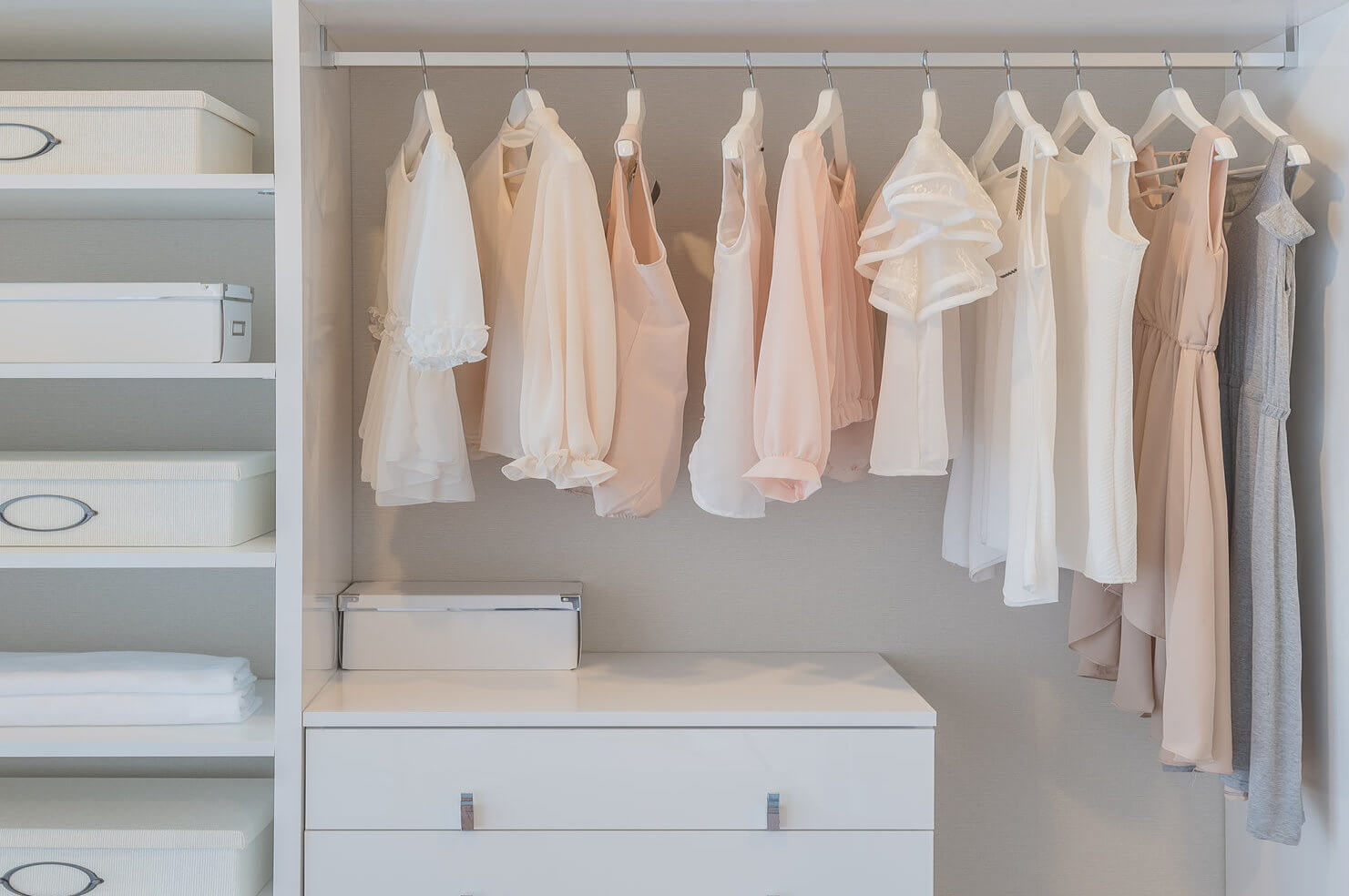
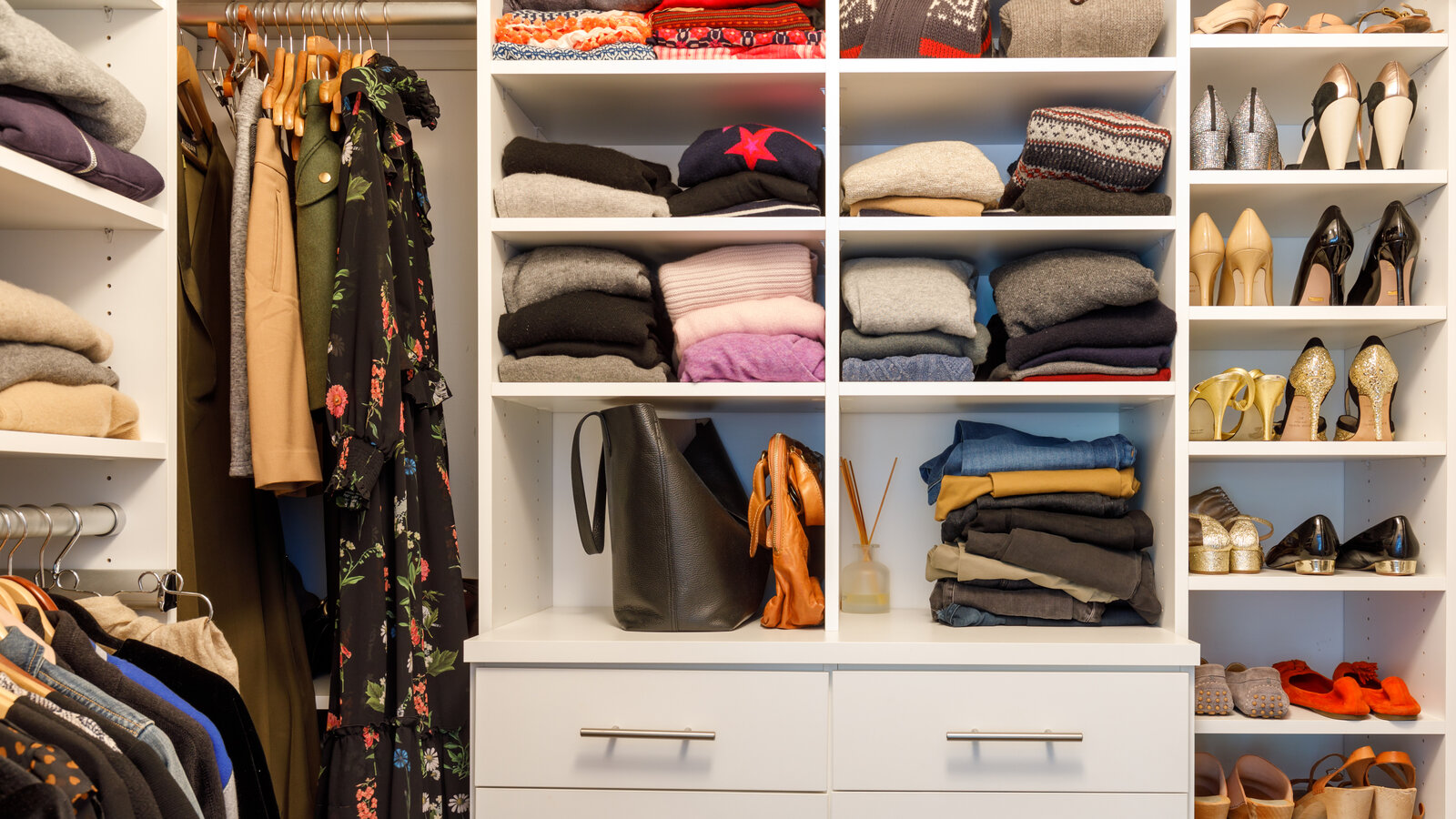
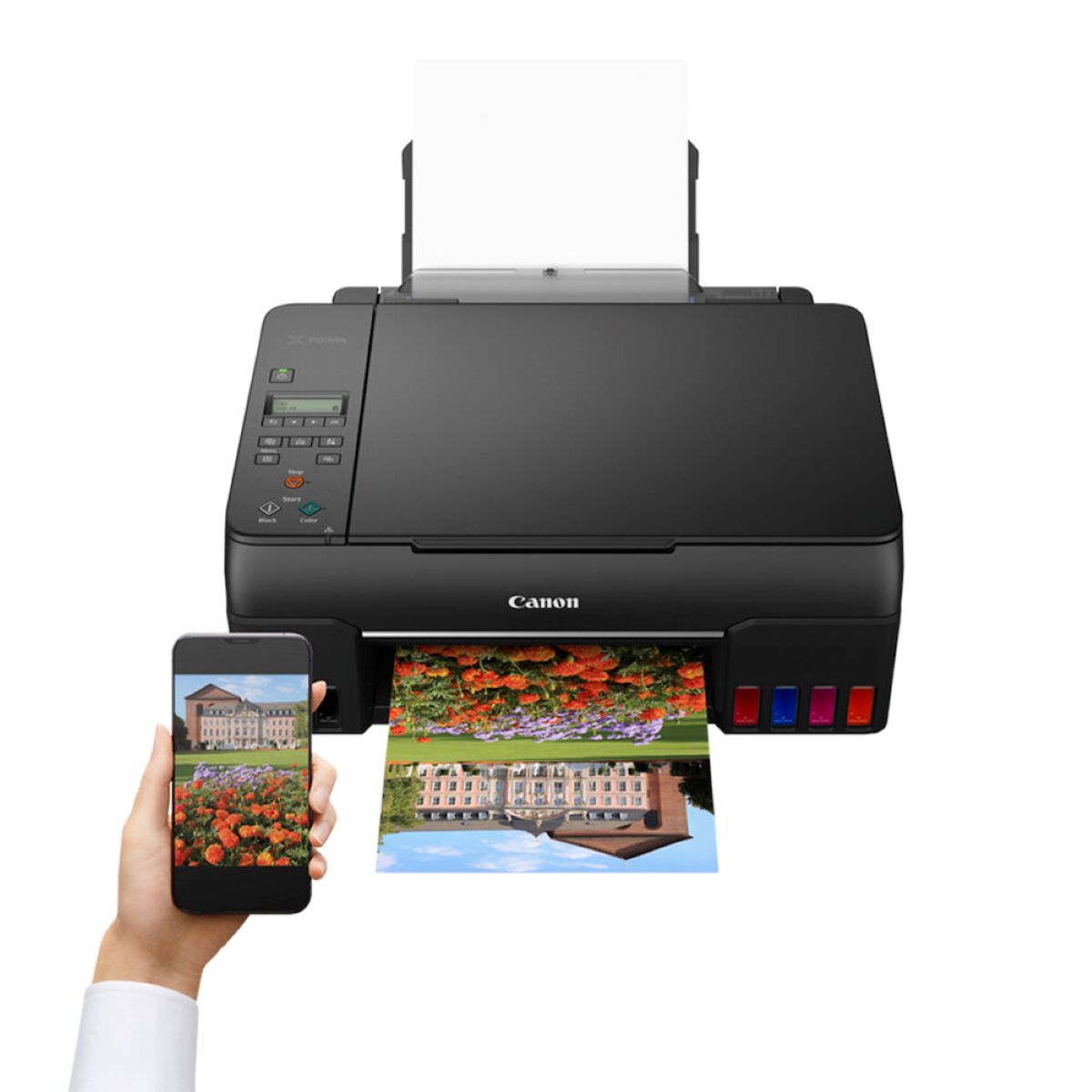
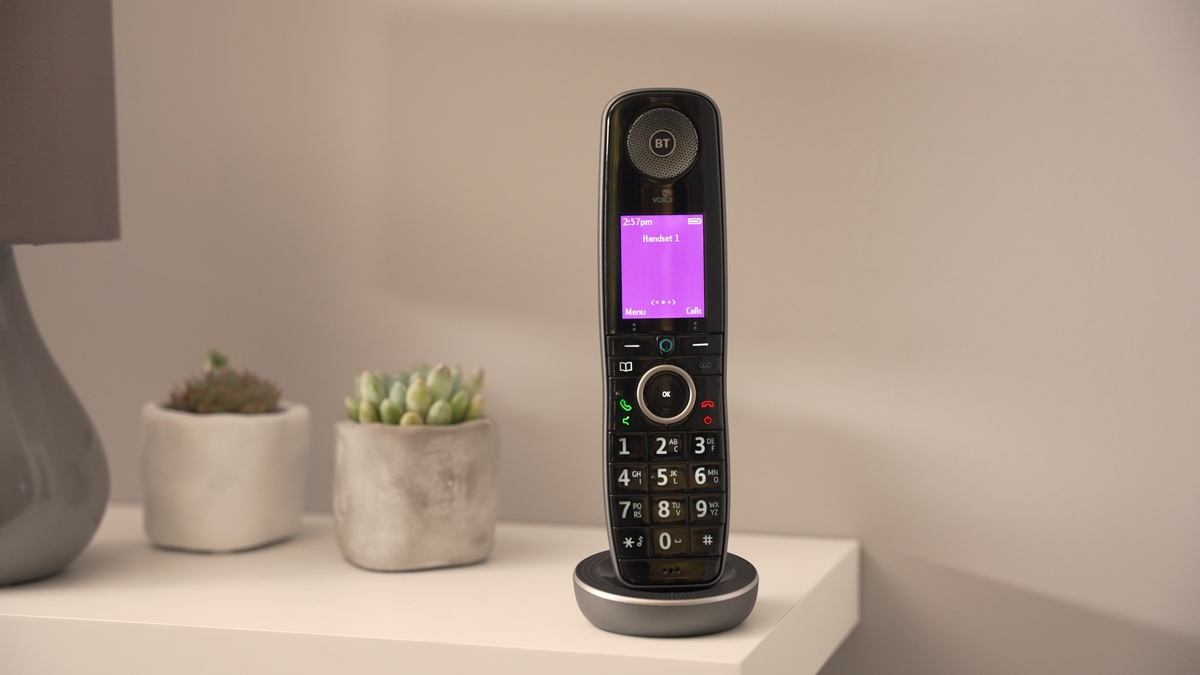
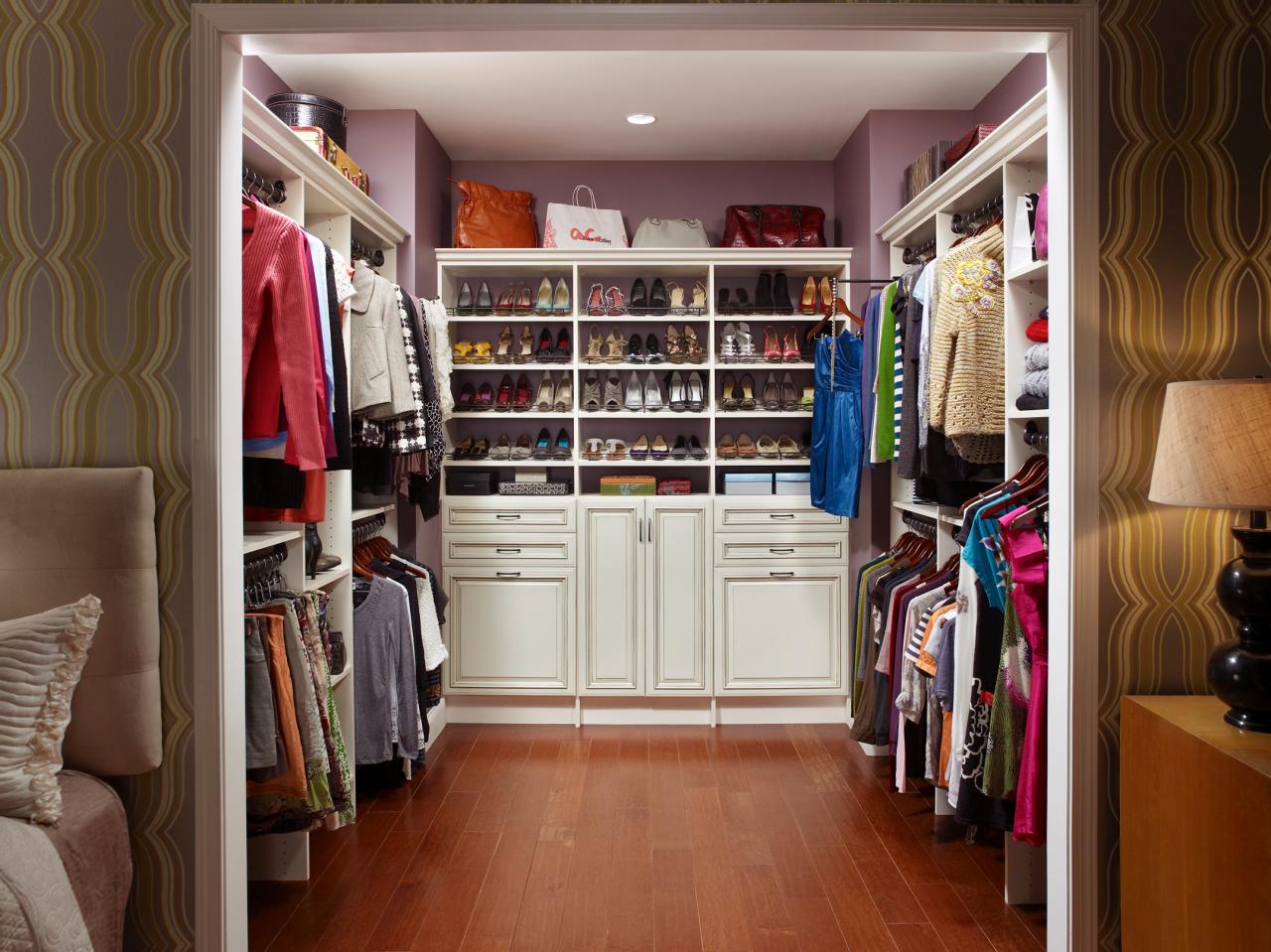
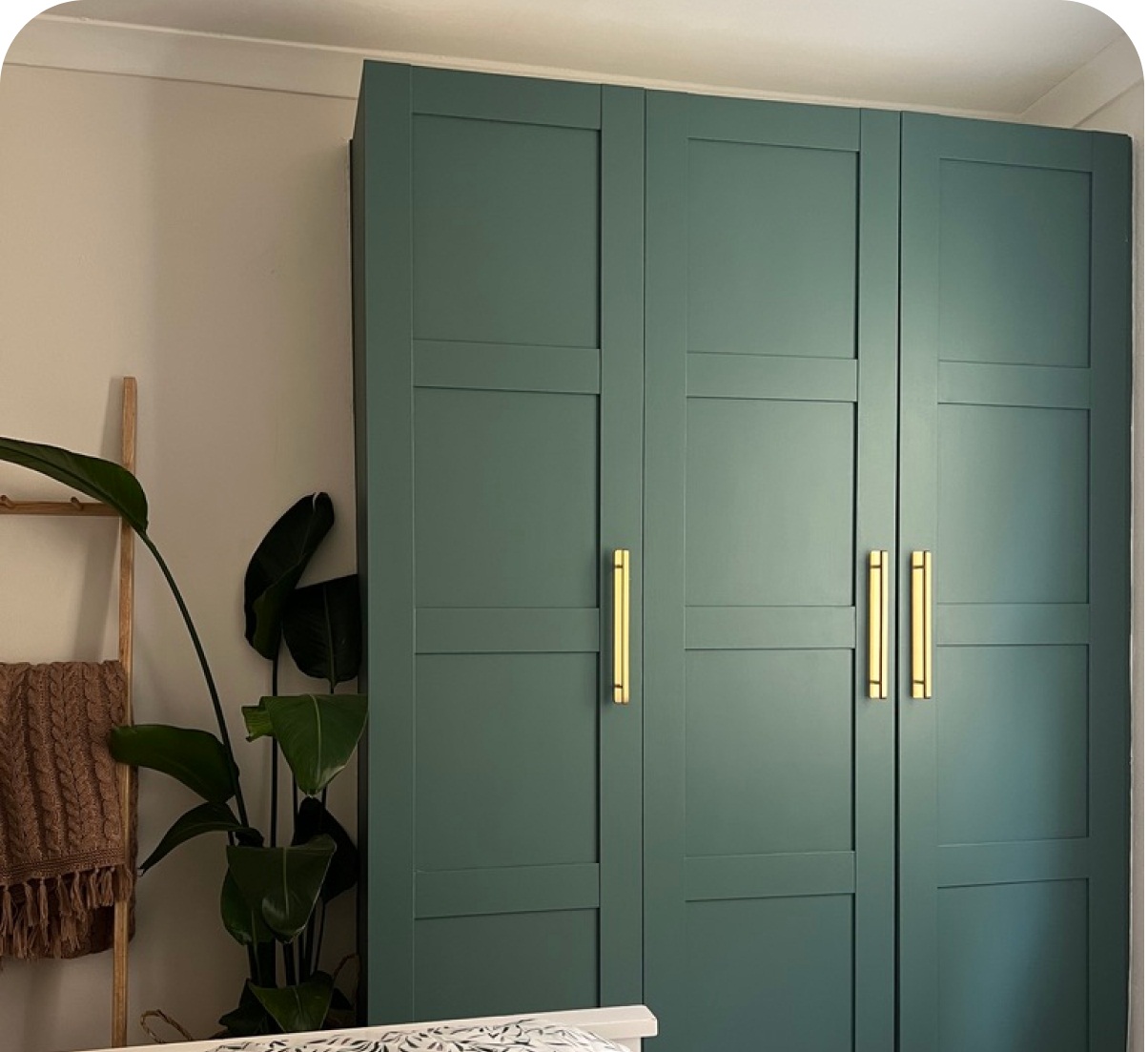
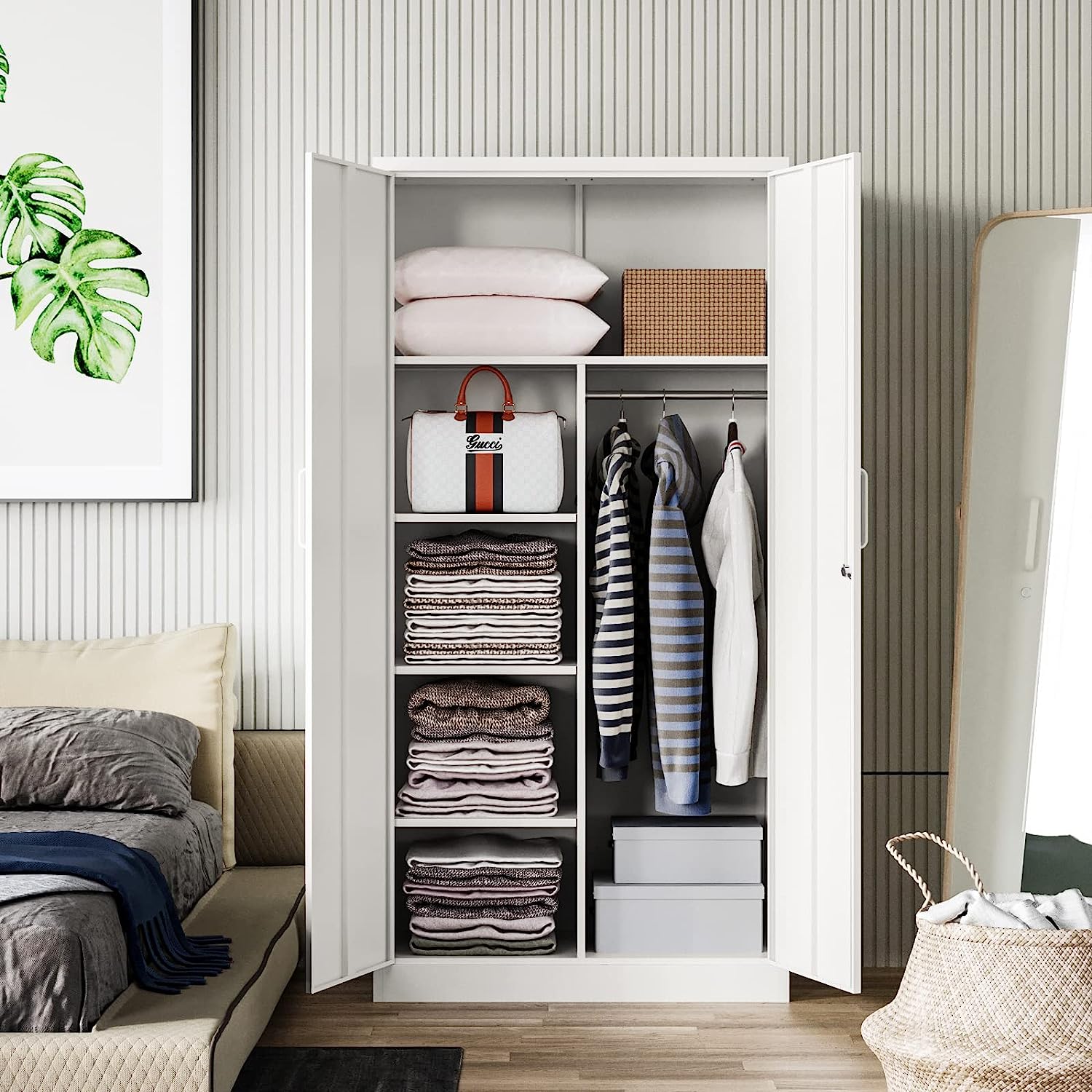
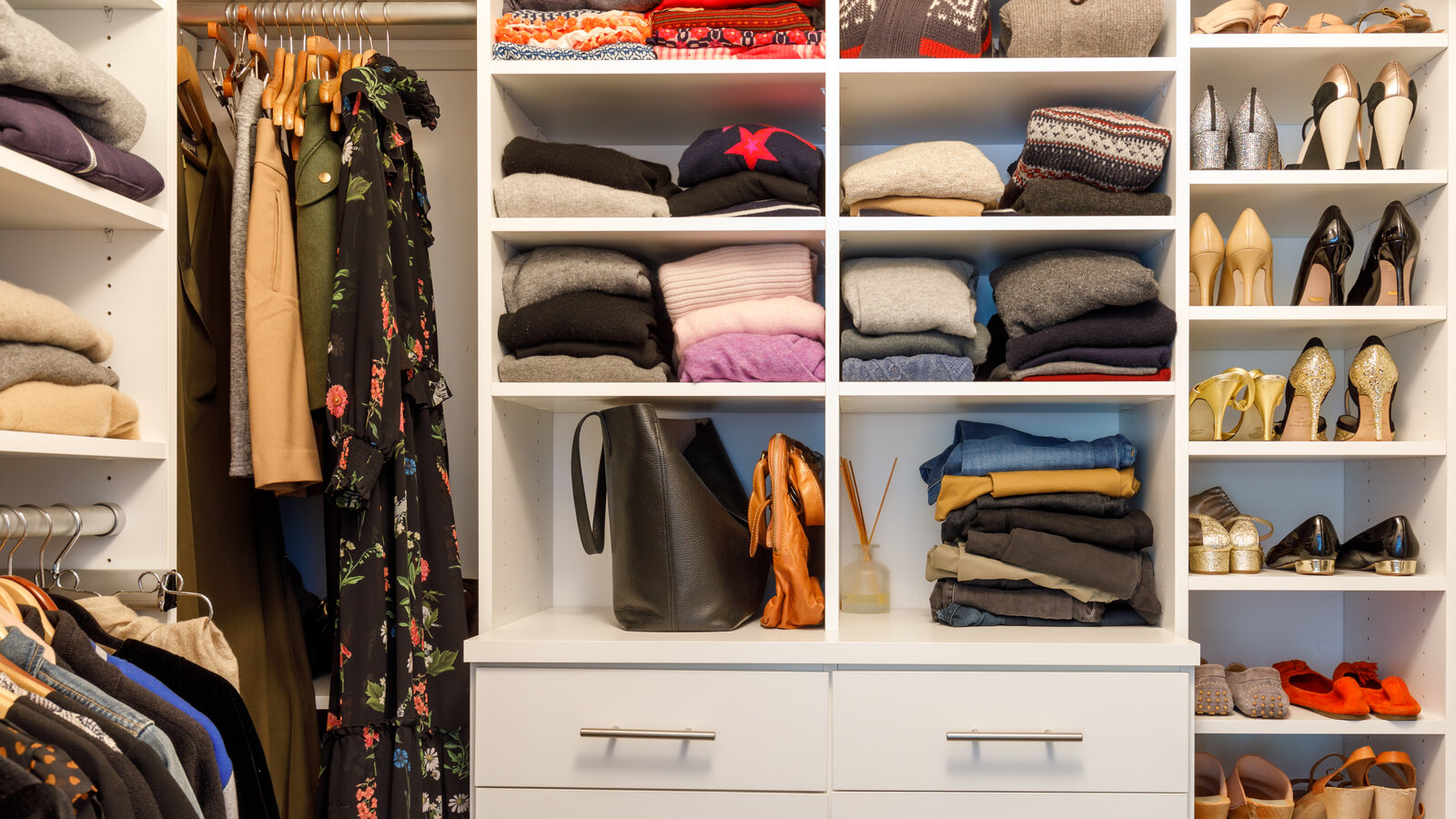
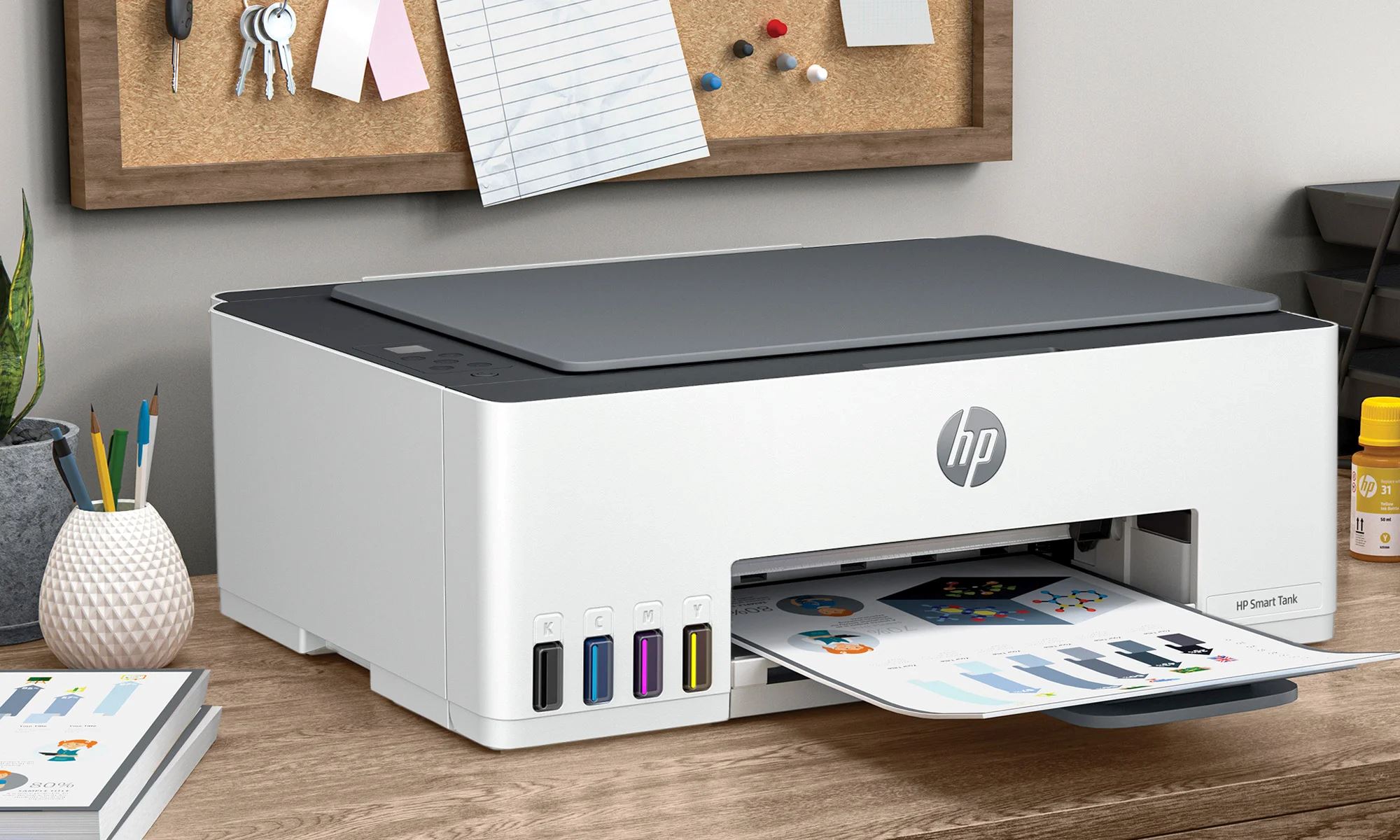
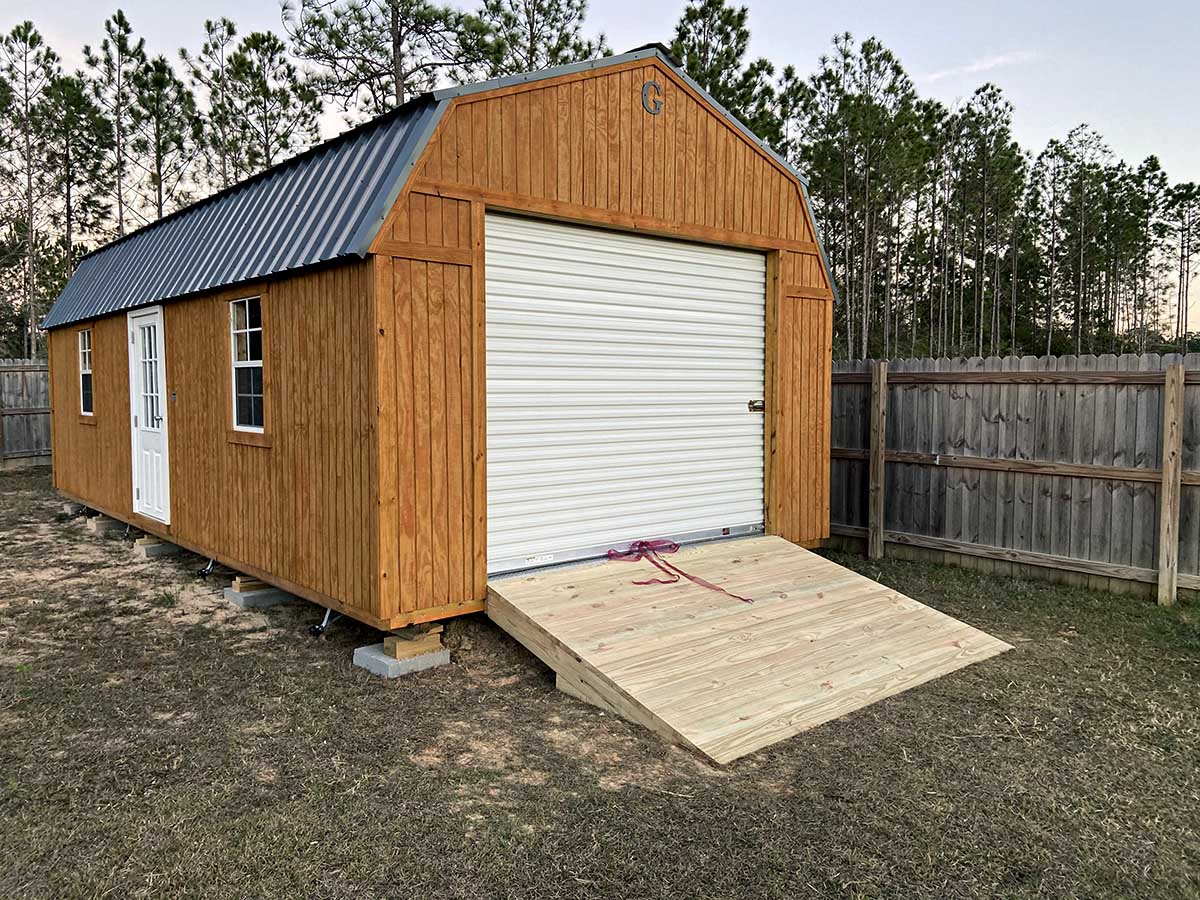




0 thoughts on “How To Change My Wardrobe”